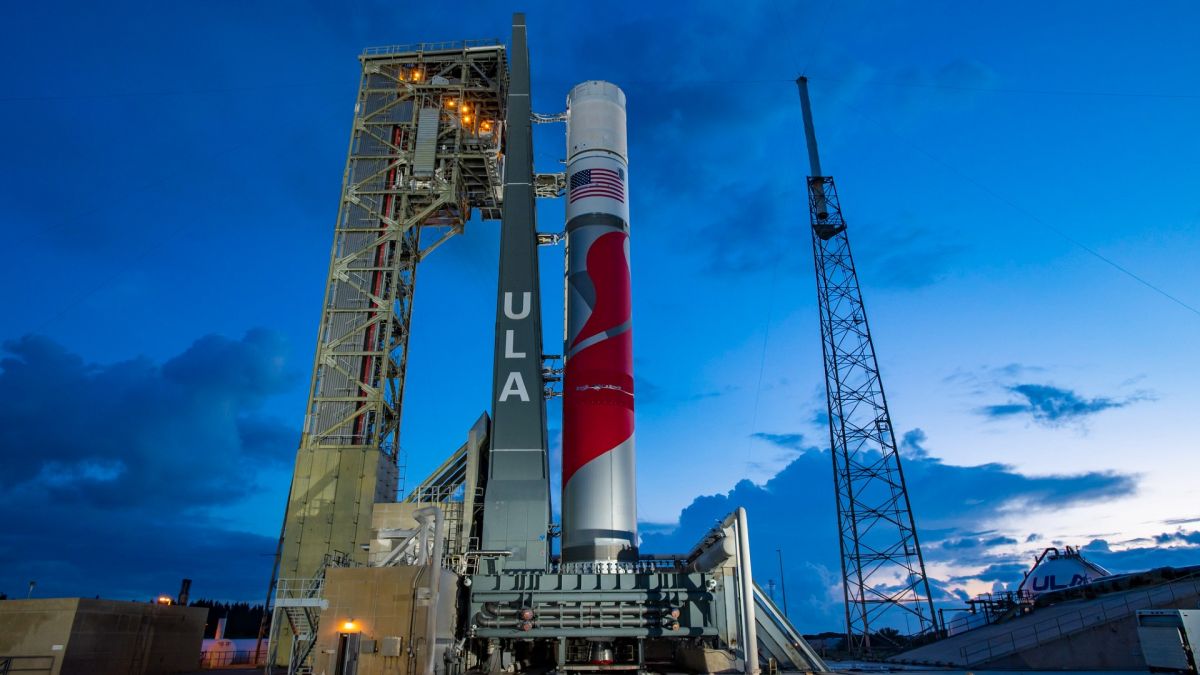United Launch Alliance has announced that its new Vulcan Centaur rocket has successfully passed tests with the engines on the launch pad. It is expected that in the next few months it will send the Peregrine lunar vehicle and the Dream Chaser space plane into space.

Vulcan Centaur Rocket
On the night of June 8, the American company United Launch Alliance (ULA) conducted a decisive test of its Vulcan Centaur rocket. It took place at the launch pad of the Cape Canaveral cosmodrome in Florida.
“The engine start sequence began at T-4.88 seconds, the engines throttled up to the target level for two seconds and then powered down. The entire FRF lasted for six seconds,” ULA wrote in its updated report this evening.
Vulcan Centaur has a height of 62 m and consists of two stages. The upper one is called Centaur V and is equipped with two engines. There are also two engines on the bottom. However, this is Blue Origin’s BE-4.
Why is everyone waiting for Vulcan Centaur
The Vulcan Centaur rocket can launch 7 tons of payload into a high geostationary orbit. It is expected that in the near future, it will replace the Atlas V and Delta IV carriers. Representatives of ULA assure that the certification work has been completed by 98 percent.
At least two missions are waiting for the rocket with great impatience. The first spacecraft to launch Vulcan Centaur into space will be the Peregrine lunar probe from Astrobotic. It is expected that this launch will take place at the end of summer.
But the second mission that Vulcan Centaur has to carry out will be even more important. This rocket is supposed to launch the unmanned space shuttle Dream Chaser into orbit for the first time. Soon it should start delivering cargo to the ISS.
Won’t it be necessary to change plans
However, all these plans can be changed if something goes wrong with the Vulcan Centaur trials. This already happened in the spring of this year, because initially the firing tests were scheduled for April. However, during the stand tests in March, something happened that ULA calls an “anomaly”.
This happened on March 29, when Vulcan Centaur exploded on a test stand at NASA’s Marshall Space Flight Center in Alabama. The cause of the explosion was a hydrogen leak. It remains to be hoped that something like this will not happen after the fire tests.
According to www.space.com
Follow us on Twitter to get the most interesting space news in time
https://twitter.com/ust_magazine

